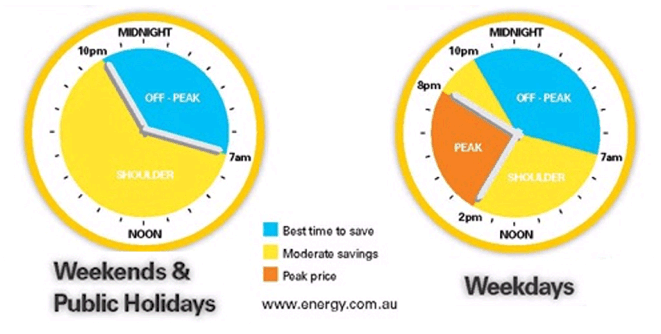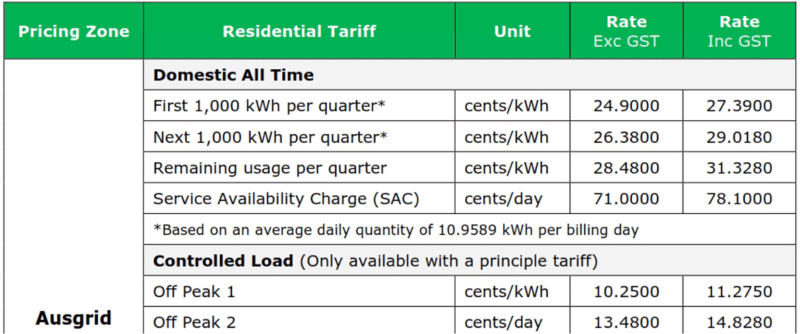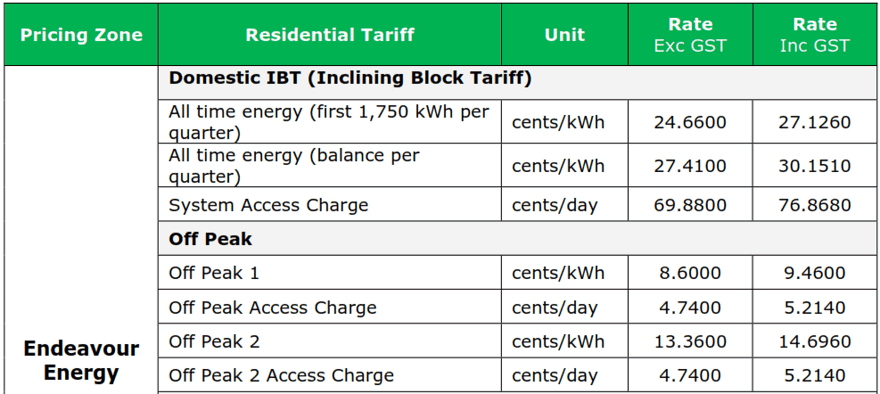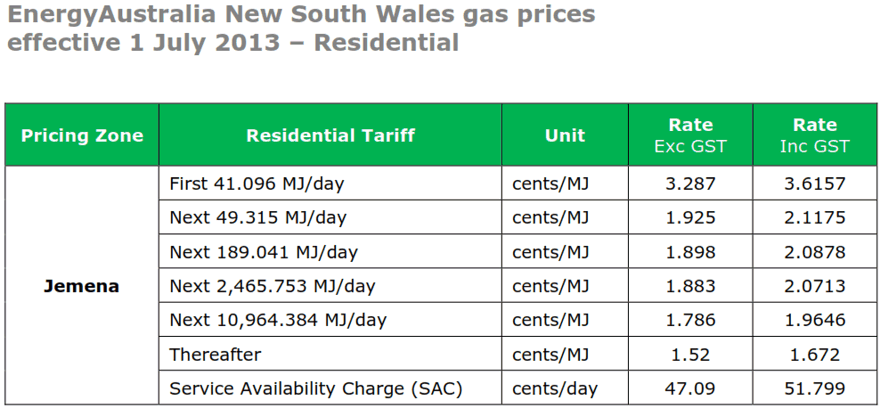|
Minimizing Pool
Heater Operating Cost and Heating
Running Costs
At
Current Sydney Energy
Prices
from 1st July 2013 to 30th June 2014
Frequently soaring energy prices are making the
heater operating cost and heating running costs the major component of pool heating costs.
The initial cost of pool heating equipment may become dwarfed by these running costs over a longer period.
As part of the heating running costs, you have to include the cost of electricity for running the water circulating pump in addition to the
operating cost of the pool heater.
We recommend a combination of the following
three strategies to reduce your swimming pool’s heating running costs.
|
|
|
Use
a More Efficient Pool Heater to Reduce the Heater
Operating
Cost
Heater efficiency is the ratio of usable output to energy input. For example, an
80%-efficient heater uses $80 worth of useful heat for every $100 worth of fuel. Therefore, it wastes
20% of the fuel.
An 84%-efficient heater
would produce $84 worth of useful heat output for every $100
worth of fuel. It would waste less fuel. A
95%-efficient heater would waste even less fuel.
Thus for an
84%-efficient heater, (output heat energy)/(input heat
energy) = 84/100 . . . . . . .(equation
1)
So that (input
heat energy) = (100/84) x (output heat energy) .
. . . . . . . . . . . . . . . . . . . . . . . . . . (equation
2)
OR the (input heat energy cost) = (100/84) x (output heat
energy cost) . . . . . . . . . . . . . . . . . .
(equation 3)
Thus from (equation
2), to generate an output of 24 MJ from an
84%-efficient gas pool heater,
we may need an input of at least (100/84) x 24 = 29 MJ as
there may be some heat loss due to evaporation and radiation
during this process.
Today, you'll find some gas pool heaters with 89%–95% efficiency.
Heat Pump Swimming Pool Heaters
If you want an energy-efficient way to heat your swimming pool, consider using a
heat pump pool
heater.
Heat pumps use electricity to capture heat and move it from one place to another. They don't generate heat.
The energy efficiency
of heat pump swimming pool heaters is measured by coefficient of performance (COP). The higher the COP number, the more efficient.
COP's usually range from 3.0 to 7.0, which converts to an efficiency of 300%–700%. This means that for every unit of electricity it takes to
run the heat pump's compressor, you get 3–7 units of heat out of the heat pump.
|
|
|
|
Cover
Your Swimming Pool Using, Solar Pool Blankets
You can significantly reduce swimming pool heating
running costs by using a
solar pool blanket. Swimming pools lose energy in a variety of ways, but evaporation is by far the
largest source of energy
loss. Evaporating water requires tremendous amounts of energy. It only takes 4.184 KJ (kilojoule) to raise
1 Kg of water 1° C, but each Kg of 26.7°C (80ºF) water that evaporates takes a whopping 2.44 MJ (megajoule) = 2440 KJ of heat out of the pool.
For more information refer to the US
Department of Energy, Energy Savers website. |
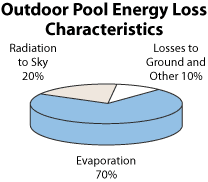
|
| Our
demo swimming pool has a surface area of 30 square meters. To work out how much heat is lost by the evaporation of 1 cm
deep of surface water from our demo pool, we work out the volume of water evaporated that equals to
30 x 1/100 = 0.3 cubic metre. 1 cubic metre of water =
1,000 litres of water = 1,000 Kg of water. Thus 0.3 cubic metre of water =
0.3 x 1000Kg = 300Kg.
Thus 300 Kg of water is evaporated. So the heat lost due to this
evaporation = 300 x 2.44 = 732 MJ.
To replenish this heat using a gas pool heater would cost
732 x 0.025 = $18.30 @2.5cents/MJ, the approximate price of gas in Sydney.
This cost would be the output cost from the gas pool heater.
The input cost for the gas for an 84%-efficient gas pool
heater = (100/84) x 18.30
= $21.80. See (equation
3) above.
It is estimated
depending on your location that the individual pool can lose between 50% and 150% of the pools capacity in water per
year by evaporation. Our demo swimming pool
has a water volume of 40 cubic metres. 50% of this volume is
20 cubic metres that has a mass of 20 x 1000 Kg = 20,000 Kg
of water. Thus the heat lost due to this
evaporation = 20,000 x 2.44 = 48,800 MJ per year. To replenish this heat using a gas pool heater would cost
48,800 x 0.025 = $1220 per year @2.5 cents/MJ, using a
100%-efficient gas pool heater. For an 84%-efficient
gas pool
heater, the input heat energy cost = (100/84)
x (output heat energy cost). See (equation
3) above. So
that for an
84%-efficient gas pool heater, the input heat energy cost
= (100/84) x 1220
= $1452 per year The
solar pool blanket
featured in our website can reduce the rate of evaporation by as much as 97%.
That could be a running cost saving of $1408 per year in our demo swimming
pool
by reducing heat loss due to evaporation.
|
|
|
The water
circulating electric pump is also a substantial contributor to the running costs.
In Sydney, the
OFF-PEAK
electricity rate can be set up at less than half the rate during PEAK periods.
Therefore, we recommend that consideration be given to heating the pool water mainly during
OFF-PEAK electricity periods, usually overnight if it is safe to do.
|
|
|
The
running cost of solar pool heaters is no longer negligible
You would
have to circulate pool water through the solar pool heater using PEAK
high electricity rates. In Sydney, Energy Australia's
post July 1, 2012, PEAK electricity rate is 26.84 cents/kWh for the first
1,000 kWh per quarter, 28.05 cents/kWh for the next 1,000 kWh per quarter
and 37.73 cents/kWh in excess of 2,000 kWh. The OFF-PEAK electricity rate of
11.11
cents/kWh is not available during daytime. You may also have to circulate the whole volume of pool water through
a solar heat exchanger more than once and this would need to be done during the day when the sun is up. The circulating pump running cost would even be higher if one is under a PowerSmart Home scheme, where the electricity PEAK rate is
52.547 cents/kWh. Compare these electricity
price rates
pre-July 1, 2012 below. Furthermore all the above prices will
continue to increase from July 1, 2013. These
prices are now available from this
link.
Apart from
maintenance costs, operating cost for solar pool heaters is
negligible, but the operating cost of the pool water
circulating pump is considerable and is increasing annually.
|
|
|
| Currently the
Commonwealth Government is pushing for the mandatory
adoption of a scheme similar to the PowerSmart Home scheme
(Smart meters)
by all States. See a recent (7/12/2012) news article on
this in The
Australian newspaper. See also the "smart
meter" article in Wikipedia, a more recent
(24/12/2012) article in The
Sydney Morning Herald and EnergyAustralia's Victorian
smart meter rollout. Thought provoking discussion
may also be found at the links "Will
smart meters benefit consumers?" and "Smart
Meter Problems in Victoria".
To lower
heating running costs try using off-peak and/or shoulder
electricity rates for pool heating.
In the Sydney region, current electricity rates from
EnergyAustralia are shown below under the headings : Domestic All
Time & PowerSmart Home
(requires a smart meter to be
installed).
|
|




